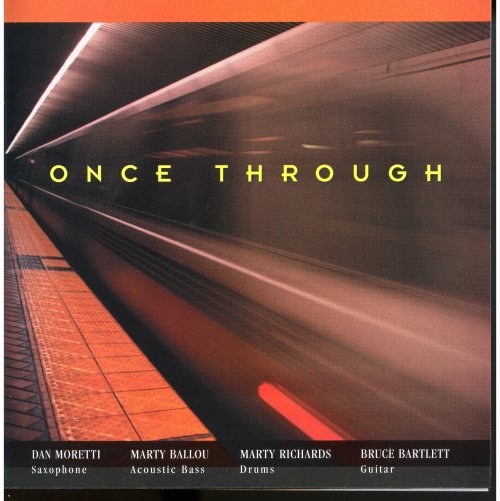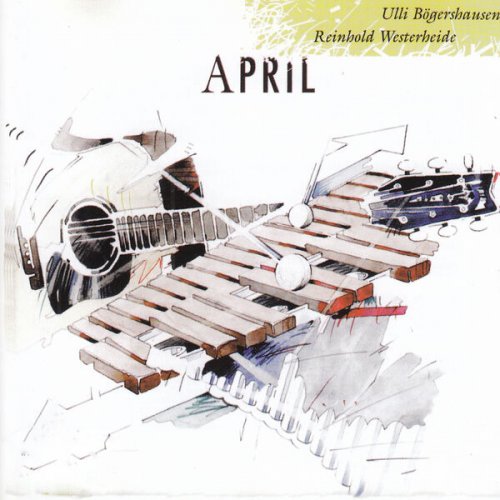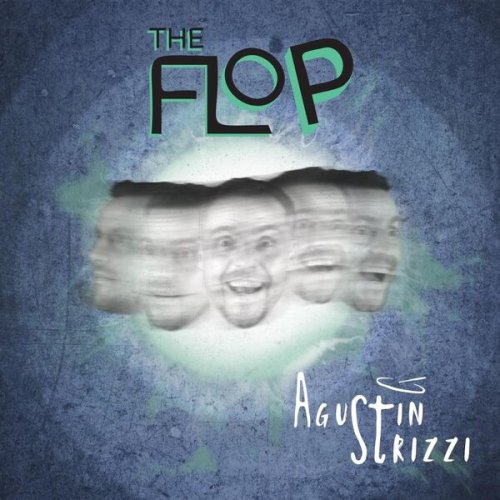Karl-Andreas Kolly - Gymnopedie - The Best of Erik Satie (2015) [DSD128]

Artist: Karl-Andreas Kolly
Title: Gymnopedie - The Best of Erik Satie
Year Of Release: 2015
Label: Meister Music
Genre: Classical
Quality: DSD128 DSF (*.dsf) (tracks) 1/5,64 MHz
Total Time: 01:16:09
Total Size: 6.01 GB
WebSite: Album Preview
Tracklist:Title: Gymnopedie - The Best of Erik Satie
Year Of Release: 2015
Label: Meister Music
Genre: Classical
Quality: DSD128 DSF (*.dsf) (tracks) 1/5,64 MHz
Total Time: 01:16:09
Total Size: 6.01 GB
WebSite: Album Preview
01 - Je te veux (4:46)
02 - 6 Gnossiennes: Gnossienne No. 1 (3:32)
03 - 6 Gnossiennes: Gnossienne No. 2 (1:58)
04 - 6 Gnossiennes: Gnossienne No. 3 (2:40)
05 - 6 Gnossiennes: Gnossienne No. 4 (2:30)
06 - 6 Gnossiennes: Gnossienne No. 5 (3:23)
07 - 6 Gnossiennes: Gnossienne No. 6 (1:13)
08 - Fantaisie-Valse (2:02)
09 - 3 Gymnopedies: Gymnopedie No. 1 (2:56)
10 - 3 Gymnopedies: Gymnopedie No. 2 (2:29)
11 - 3 Gymnopedies: Gymnopedie No. 3 (2:11)
12 - Pouder d’or (4:25)
13 - 3 Airs à faire fuir - Pieces froides I. (2:13)
14 - 3 Airs à faire fuir - Pieces froides II. (1:24)
15 - 3 Airs à faire fuir - Pieces froides III. (2:12)
16 - Le Piccadilly (1:32)
17 - Valse du chocolato aux amandes Menus propos enfantins (1:08)
18 - 5 Nocturnes: Nocturne No. 1 (2:51)
19 - 5 Nocturnes: Nocturne No. 2 (1:50)
20 - 5 Nocturnes: Nocturne No. 3 (2:41)
21 - 5 Nocturnes: Nocturne No. 4 (2:21)
22 - 5 Nocturnes: Nocturne No. 5 (1:58)
23 - Sonatine bureaucratique (3:43)
24 - Sports et Divertissements (12:30)
25 - Le poisson reveur (5:44)
In 1888, the eccentric French composer Erik Satie (1866-1925) published three short, atmospheric piano solos called Gymnopédies. The first, marked Lent et douloureux (“slowly with pain/grief”), is perhaps one of the most famous piano solos penned during the late Romantic era. Let’s dive a little deeper into Gymnopédie No. 1 and see what makes it so memorable.
No one is completely sure why Satie named these pieces Gymnopédies. The term itself comes from the ancient Greek word for an annual festival where young men danced to show off their athletic skills (probably without clothing, like in the Olympics). But because the music does not evoke images or feelings from that festival, others think the inspiration for the title came from Gustave Flaubert‘s novel Salammbô (Satie said this after proclaiming himself a “gymnopedist” – whatever that means) or the following poem from J. P. Contamine de Latour that was published in a magazine alongside the music.
French Poem:
Oblique et coupant l’ombre un torrent éclatant
Ruisselait en flots d’or sur la dalle polie
Où les atomes d’ambre au feu se miroitant
Mêlaient leur sarabande à la gymnopédie
English Translation:
Slanting and shadow-cutting a bursting stream
Trickled in gusts of gold on the shiny flagstone
Where the amber atoms in the fire gleaming
Mingled their sarabande with the gymnopaedia.
Musical Analysis
The first thing to understand about Gymnopédie No. 1 is that its simplicity is intentional, and that’s where the beauty comes from. The melody is a single, flowing line of quarter notes, raising and lowering like ocean waves. The rhythms are long and sustained, creating a sense of floating through time.
No one is completely sure why Satie named these pieces Gymnopédies. The term itself comes from the ancient Greek word for an annual festival where young men danced to show off their athletic skills (probably without clothing, like in the Olympics). But because the music does not evoke images or feelings from that festival, others think the inspiration for the title came from Gustave Flaubert‘s novel Salammbô (Satie said this after proclaiming himself a “gymnopedist” – whatever that means) or the following poem from J. P. Contamine de Latour that was published in a magazine alongside the music.
French Poem:
Oblique et coupant l’ombre un torrent éclatant
Ruisselait en flots d’or sur la dalle polie
Où les atomes d’ambre au feu se miroitant
Mêlaient leur sarabande à la gymnopédie
English Translation:
Slanting and shadow-cutting a bursting stream
Trickled in gusts of gold on the shiny flagstone
Where the amber atoms in the fire gleaming
Mingled their sarabande with the gymnopaedia.
Musical Analysis
The first thing to understand about Gymnopédie No. 1 is that its simplicity is intentional, and that’s where the beauty comes from. The melody is a single, flowing line of quarter notes, raising and lowering like ocean waves. The rhythms are long and sustained, creating a sense of floating through time.
Download Link Isra.Cloud
Karl-Andreas Kolly - Gymnopedie - The Best of Erik Satie (2015) part1.
Karl-Andreas Kolly - Gymnopedie - The Best of Erik Satie (2015) part2.
Karl-Andreas Kolly - Gymnopedie - The Best of Erik Satie (2015) part3.
Karl-Andreas Kolly - Gymnopedie - The Best of Erik Satie (2015) part4.
My blog
Karl-Andreas Kolly - Gymnopedie - The Best of Erik Satie (2015) part1.
Karl-Andreas Kolly - Gymnopedie - The Best of Erik Satie (2015) part2.
Karl-Andreas Kolly - Gymnopedie - The Best of Erik Satie (2015) part3.
Karl-Andreas Kolly - Gymnopedie - The Best of Erik Satie (2015) part4.
My blog
![Frode Kjekstad - Stars Aligned (2026) [Hi-Res] Frode Kjekstad - Stars Aligned (2026) [Hi-Res]](https://img.israbox.com/img/2026-01/08/n12580el2kaqvo9f0inrj0po7.jpg)


![Silent Sail - Echoes of Dusk (2026) [Hi-Res] Silent Sail - Echoes of Dusk (2026) [Hi-Res]](https://www.dibpic.com/uploads/posts/2026-01/1767873642_cover.jpg)




![Mel Lewis and the Jazz Orchestra - Live At The Village Vanguard (Live at the Village Vanguard, New York, 1980) (1980) [Hi-Res] Mel Lewis and the Jazz Orchestra - Live At The Village Vanguard (Live at the Village Vanguard, New York, 1980) (1980) [Hi-Res]](https://img.israbox.com/img/2026-01/07/l6i7oexsc2x403i4u027mcx10.jpg)